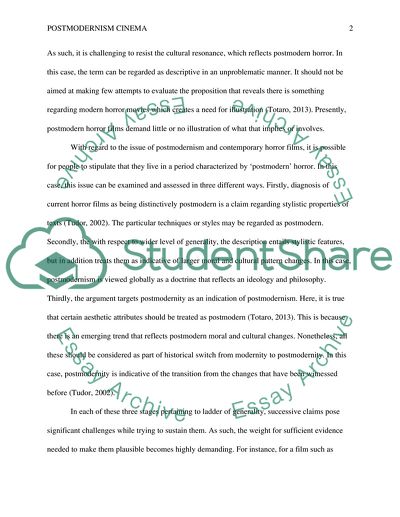Cite this document
(“Postmodernism Cinema Essay Example | Topics and Well Written Essays - 1500 words”, n.d.)
Retrieved from https://studentshare.org/visual-arts-film-studies/1669435-postmodernism-cinema
Retrieved from https://studentshare.org/visual-arts-film-studies/1669435-postmodernism-cinema
(Postmodernism Cinema Essay Example | Topics and Well Written Essays - 1500 Words)
https://studentshare.org/visual-arts-film-studies/1669435-postmodernism-cinema.
https://studentshare.org/visual-arts-film-studies/1669435-postmodernism-cinema.
“Postmodernism Cinema Essay Example | Topics and Well Written Essays - 1500 Words”, n.d. https://studentshare.org/visual-arts-film-studies/1669435-postmodernism-cinema.


